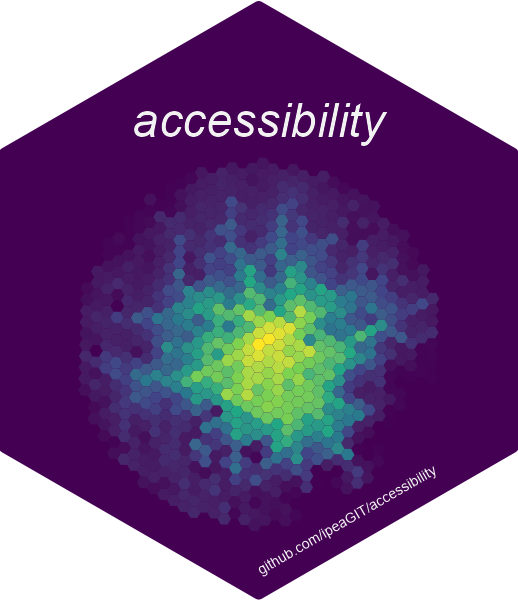New paper: time interval metric for cumulative opportunity accessibility
Chuffed to see our new paper online.
-
Tomasiello, D. B., Santos, D. H. M., Oliveira, J. L. A., Braga, C. K. V., & Pereira, R. H. M. (2022). A time interval metric for cumulative opportunity accessibility. Applied Geography, 157, 103007. https://doi.org/10.1016/j.apgeog.2023.103007
-
You can check the ungated PDF and code of the paper here.

Contribution
In this paper we introduce the new time interval cumulative accessibility measure, which mitigates the impact of arbitrary choices of trip duration on cumulative accessibility analyses.
Context of the problem
Cumulative opportunity measures have become the most commonly used accessibility metric used by researchers and practitioners. This is largely because it is simple to calculate and to communicate, as they tell the number of opportunities (e.. jobs or schools) that can be reached within a given travel time threshold.
But what threshold should we choose? Traditional cumulative accessibility requires an arbitrary choice of a single travel time cutoff, but this choice can significantly impact the conclusions of transport policy assessments, inequality analyses & subsequent policy recommendations. This is known as the boundary effect of the modifiable temporal unit problem #MTUP. It’s a statistical bias related to the arbitrary selection of a phenomenon’s duration (max trip duration in this case), and it’s documented in the transport literature here
While conducting sensitivity analysis with multiple cutoffs is important, it generates a greater number of results that can be hard to communicate/interpret. It’s also not obvious which cutoff should be considered when results disagree. What should we do then?
The proposed metric
To overcome this problem above, we introduce a new time interval cumulative accessibility measure. The proposed metric calculates the average number of opportunities that can be reached over multiple min-by-min thresholds within a given travel time interval.
The main advantage of the proposed time interval approach is to mitigate the impacts of such ad-hoc choices on the conclusions of accessibility estimates and accessibility inequality analyses. The proposed metric can also capture the accessibility impacts of transportation and land-used interventions with more nuance, as traditional threshold-based cumulative metrics do not capture any changes in accessibility conditions below or above the selected threshold. The time interval cumulative metric also shares important strengths with the traditional cumulative opportunity accessibility: it is straightforward to calculate and easy to calculate.

To make the new measure readily available for researchers and practitioners, we have implemented the
cumulative_interval() function in the
accessibility package in R.
Empirical analysis and tests
To demonstrate the proposed metric, we assess how a planned subway expansion will likely impact employment accessibility levels + inequalities in Fortaleza (Brazil). We compare the results using both the time threshold- and interval-based cumulative accessibility metrics.
In summary, we find that accessibility estimates and inequality levels can vary a lot depending on the time threshold you choose with traditional cumulative accessibility. Meanwhile, we find that the time interval metric generates much more robust results that are less sensitive to ad-hoc methodological choices.
Takeaway
The time interval cumulative accessibility metric shares the same advantages of traditional cutoff-based cumulative measures. It is easy to communicate and to calculate. Plus, it is able to mitigate the impacts of arbitrary choices of trip duration (MTUP). In sum, the time interval cumulative accessibility could become easily incorporated into transport research & planning and help prevent advocates from opportunistically cherry-picking the time cutoff that will lead to the results that support their agenda.